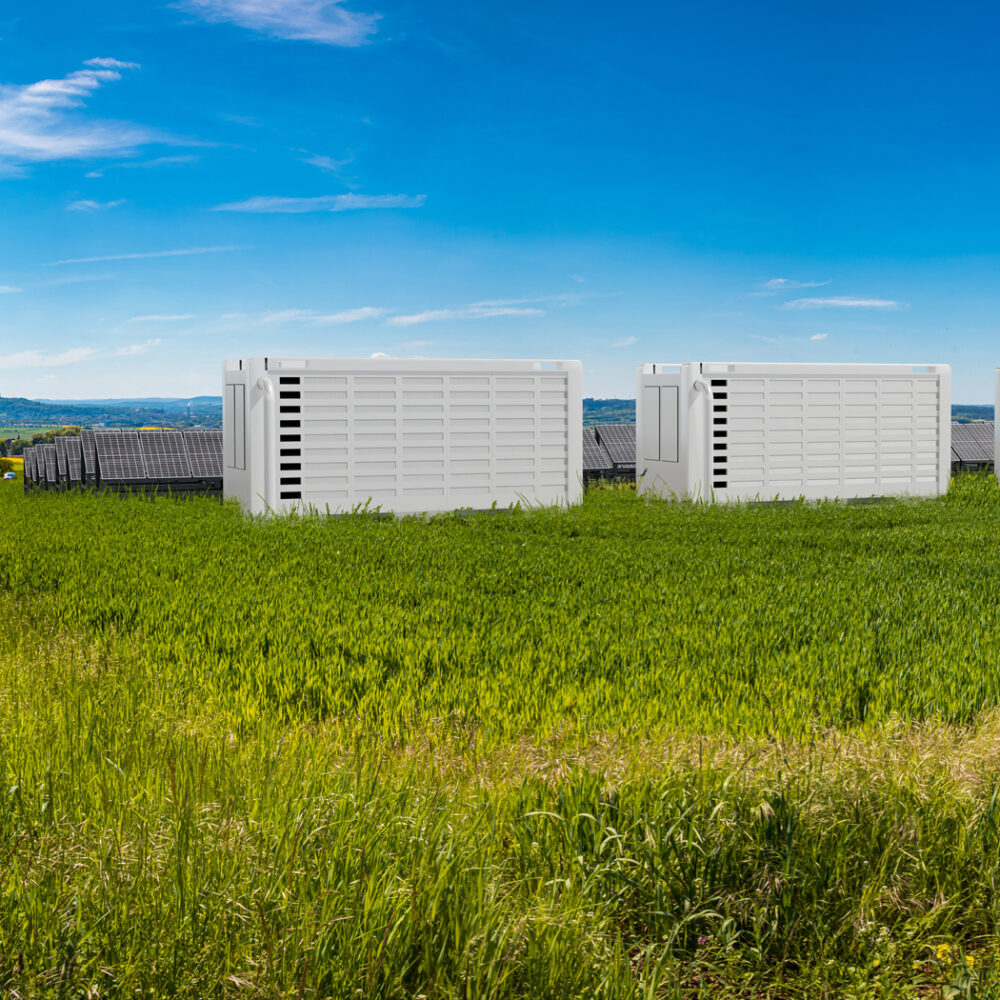Massachusetts is becoming increasingly more enticing for renewable energy project developers, and operators looking to maximize the value of existing projects. With the nearly complete implementation of the Clean Peak Standard (CPS) program, renewable energy producers will generate incremental revenue – in the form of Clean Peak Energy Certificates (CPECs) – from their ability to generate clean energy during peak time periods. And, as we know, storage assets are uniquely positioned to supply electricity into peaks due to their innate load shifting abilities.
Background: What is CPS?
The Massachusetts Clean Peak Energy Standard is a market mechanism designed to incentivize clean energy resources by awarding CPECs to eligible resources that supply electricity or reduce demand during seasonal peaks. MA regulation requires retail electricity suppliers to purchase a certain amount of CPECs annually or offset obligations with an Alternative Credit Payment (ACP).

In short:
- MA offers price support to incentivize renewable energy and storage resources.
- Specifically, suppliers receive multipliers on their CPEC value when delivering clean energy during peak demand periods.
- The most robust multipliers on resource performance (MWh delivered during a CPS windows) include:
- 4x multiplier during certain hours (4-8pm) of the summer and winter months
- 25x multiplier during system-wide peak hour each month (determined retroactively)
- Requires storage to charge during peak solar and wind hours
- Newly added in 2025, there is a 2x Near-Term Resource Multiplier (NTRM) for all standalone distribution-connected FTM assets with a COD before January 2027
- The state has created demand for CPECs by requiring retail suppliers to purchase a certain number of CPECs or offset via ACP, which tends to be a pricier alternative.
How it works:
Understanding CPEC award calculations
CPEC awards will be calculated by taking the total MWh delivered in seasonal peaks, and actual monthly peaks, and adjusting for a variety of multipliers.

*See below for definitions of each multiplier
MA CPS is designed such that operators able to contribute clean energy to the grid when demand is the highest will generate outsized revenue.
How to win: Maximizing your returns
Most immediately, developers ought to include CPEC awards, and CPS restrictions in their project modeling. This will ensure a realistic view of energy output and revenue, by hour over the useful life of the asset.
Tyba’s platform makes this easy to model, it is as simple as these three steps:

Once projects are live, operators will be best able to capitalize on these awards with:
- Accurate day ahead and real time price and load forecasts that predict when the peaks will hit, and set operating strategy accordingly.
- Proactive state of charge management to ensure there is enough energy available to bid into peak periods while adhering to the grid charge restrictions of the CPS program.
- Optimization approach that balances across maximizing CPEC value with other revenue opportunities (such as ISONE’s ancillary services market).
CPS will further bolster returns on standalone and hybrid storage in renewable energy projects. In addition to using the assets for energy arbitrage, ancillary services, solar firming, curbing curtailment, and more – operators leveraging this program are awarded for having renewable energy available to contribute in what were already the most lucrative hours.
Project simulations able to model CPEC awards, combined with accurate daily forecasting and operations that enable operators to discharge into peak hours will be the winning formula to support grid reliability and maximize revenue as MA transitions the grid.
Glossary:
Multipliers included in CPEC awards

Source: mass.gov CPS overview



